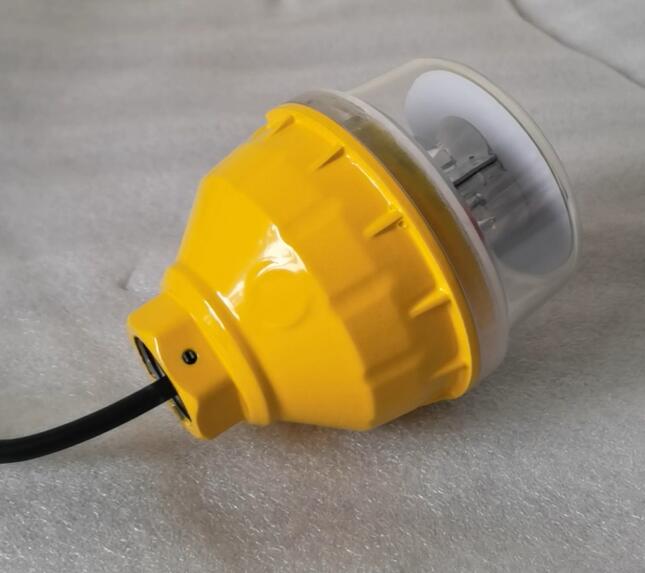In the modern landscape filled with towering structures and complex infrastructure, the L 810 obstruction light plays a vital yet often overlooked role.
The L 810 obstruction light is a specialized lighting device designed to safeguard against potential hazards in the airspace. It is strategically placed on various tall objects such as antennas, smokestacks, and bridges to alert aircraft of their presence.
| RED fixed light | l810 |
| 20-60 | TY |
Imagine a busy night sky with numerous flights crisscrossing. Without proper obstruction lights, the risk of a collision with tall structures becomes a real and terrifying possibility. The L 810 obstruction light acts as a guiding star, providing clear and unmistakable signals to pilots.
These lights are engineered with precision to emit a specific intensity and color that complies with international aviation standards. The L 810 model, in particular, stands out for its reliability and effectiveness.

For example, consider a large wind farm with multiple turbines. Each turbine is equipped with L 810 obstruction lights to ensure that pilots can spot them from a considerable distance, even in low visibility conditions. This helps prevent accidents and ensures the safety of both the aircraft and the wind farm infrastructure.
The L 810 obstruction light is not only about visibility; it's also about durability. It is built to withstand the harshest of weather conditions - from blistering heat and freezing cold to strong winds and heavy rain. This resilience is crucial as it guarantees the light's continuous operation, providing a constant safeguard.
Let's take a look at a mountain-top communication tower. Exposed to extreme elements and remote locations, the L 810 obstruction light installed on it must remain functional without fail. Its robust construction allows it to withstand these challenges, ensuring that it continues to serve its purpose.
In addition to aviation safety, the L 810 obstruction light has implications for other aspects of our daily lives. It helps protect emergency response teams, such as helicopters, during rescue operations. It also ensures the smooth operation of commercial flights, reducing delays and enhancing overall air traffic efficiency.
Moreover, the installation and maintenance of the L 810 obstruction light require a high level of expertise. Technicians must follow strict guidelines to ensure the correct positioning and alignment of the lights. Regular checks and servicing are necessary to detect any potential faults or degradation in performance.
For instance, a newly constructed building that exceeds a certain height is mandated to install L 810 obstruction lights. Specialized teams come in to assess the site, determine the optimal placement of the lights, and ensure they are calibrated correctly.
The L 810 obstruction light also undergoes continuous technological advancements. Manufacturers are constantly striving to improve its energy efficiency, increase its lifespan, and enhance its performance to meet the evolving needs of the aviation industry and modern infrastructure.
The L 810 obstruction light is a critical component in maintaining the safety and functionality of our skies and the structures that populate our landscape. Its importance cannot be overstated, as it silently works to prevent accidents and ensure the smooth flow of air traffic and various activities. As we continue to build taller and more complex structures, the role of the L 810 obstruction light will only become more significant, safeguarding our lives and our progress.